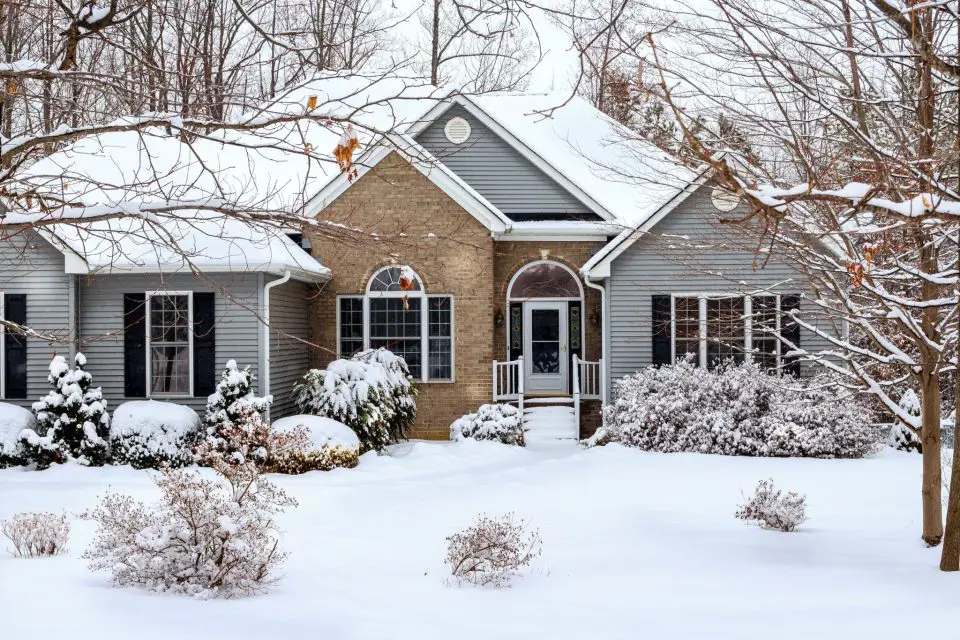Exterior waterproofing in Toronto, or anywhere for that matter, is a vital consideration for homeowners. Toronto’s diverse weather, ranging from harsh winters to wet springs, can take a toll on homes, particularly their foundations. Proper exterior waterproofing of the kind used in Toronto not only protect the structural integrity of a home but also prevent potential basement flooding, mold growth, and other water-related issues. This guide delves into various exterior waterproofing techniques tailored for Toronto homeowners, offering insights into keeping your home dry and secure through the city’s unpredictable weather patterns.

Understanding the Need for Exterior Waterproofing in Toronto
Toronto’s climatic conditions are predominantly cold and wet for a significant part of the year. The city’s precipitation, combined with freeze-thaw cycles, can severely impact the foundations of homes, causing cracks and leaks. The Exterior waterproofing Toronto becomes a necessity rather than a choice to ensure the longevity of your property and the health of its occupants.
Recognizing the Signs
Before delving into waterproofing techniques, it’s crucial to recognize signs that your home may need exterior waterproofing. These include:
- Watermarks along the walls of your basement
- Cracks in the foundation
- Musty odors
- Mold and mildew growth
Addressing these issues early can prevent more significant problems down the line.
Key Exterior Waterproofing Techniques
Exterior waterproofing involves creating a barrier on the outside of foundation walls to prevent water from entering. There are several techniques, each with its advantages, and the choice often depends on the specific needs of a property as well as the homeowner’s budget.
1. Excavation and Waterproof Membrane Installation
This method is considered one of the most effective exterior waterproofing techniques. It involves excavating the earth around the foundation walls to their footing. Once the walls are fully exposed, they’re cleaned and then covered with a waterproof membrane. This rubber membrane provides a robust barrier against water, directing it away from foundation walls.
2. Drainage Systems
Installing proper drainage systems is essential for effective exterior waterproofing. Weeping tiles or French drains can be placed around the foundation to redirect water away from the home. This system collects water that accumulates near the foundation and diverts it to a sump pump or away from the property, preventing water from pooling and seeping into the basement.
3. Dimpled Drainage Membrane
The dimpled membrane method involves attaching a uniquely designed dimpled plastic sheet to the foundation walls. These dimples create a vertical drainage space that allows water to flow freely down to the weeping tiles, keeping it away from the foundation walls. This technique is ideal for homes in areas with high water tables or significant rainfall.
4. Grading
Proper grading of soil around a property ensures that water flows away from the foundation rather than towards it. This might seem simple, but it’s an effective technique to prevent water accumulation. Landscape grading involves sloping the ground away from the home, which can be achieved by adding or removing soil.
Benefits of Exterior Waterproofing
The benefits of investing in exterior waterproofing for your Toronto home extend beyond just keeping your basement dry. First, it significantly reduces the risk of foundation damage by preventing water from penetrating the walls. It also wards off mold and mildew, ensuring a healthier living environment. Exterior waterproofing can also enhance your home’s value, making it a wise investment for homeowners.
Choosing the Right Waterproofing Contractor
For such a critical job, selecting the right waterproofing contractor is paramount. Look for a company with experience in Toronto’s specific climatic conditions and one that offers a comprehensive assessment, including a detailed examination of potential vulnerabilities in your property’s structure, and a warranty on their work. Don’t hesitate to ask for references and before-and-after photos of previous projects, which can provide valuable insights into the quality of service provided. Additionally, consider exploring resources like https://qualityagebuild.com/services/basement-waterproofing/ for further information on effective waterproofing solutions tailored to your needs and location.
Conclusion
Exterior waterproofing should be an essential undertaking for any Toronto homeowner. It’s a proactive measure that not only safeguards the structural integrity of your home but also contributes to a healthier indoor environment. By understanding the various techniques and recognizing the signs of potential issues early, you can ensure that your home remains dry and protected against the city’s challenging weather conditions. Remember, while the initial investment may seem substantial, the cost of preventive measures pales in comparison to the expenses associated with flood damage and foundation repairs. Prioritize your home’s waterproofing needs and consult with a reputable contractor to secure your property against the elements.












